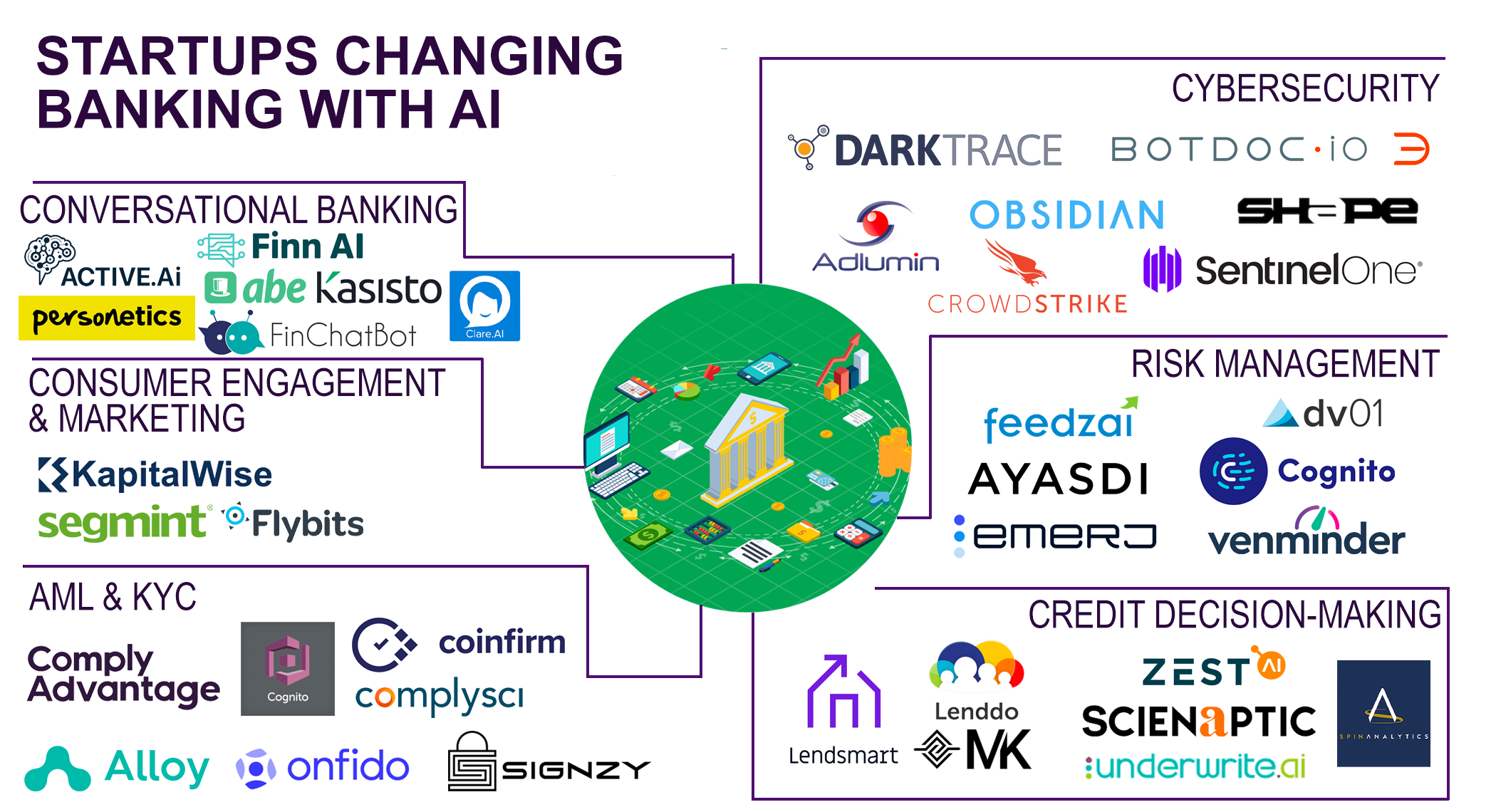Over the next two decades, a staggering $68 trillion in wealth is expected to transfer from baby boomers to their heirs in what’s been dubbed the “Great Wealth Transfer.” For financial advisors, this tectonic shift presents both risks and opportunities.
A startling 80% of heirs are likely to change advisors after inheriting wealth, according to industry studies. Firms that fail to proactively engage the next generation risk losing the very clients who will dominate the future wealth management landscape.




